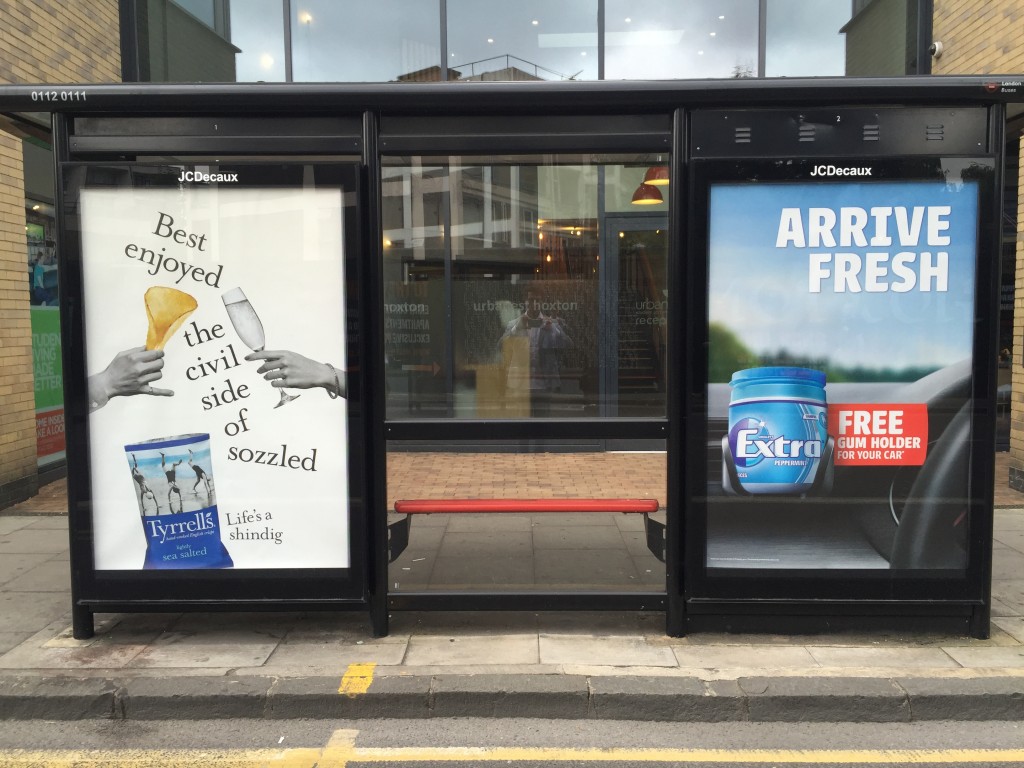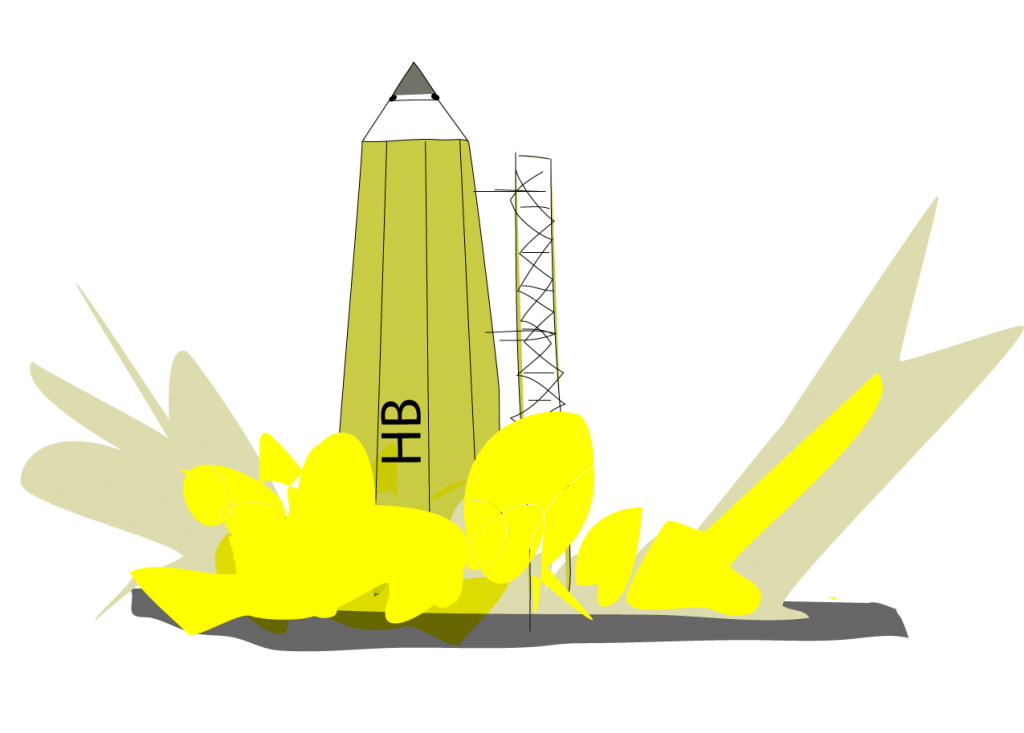Chris Voss, an ex FBI negotiator is used to dealing with murderers, rapists and terrorists. Here he shares his biggest insights into communications.
Chris explains that being able to play back, almost verbatim, the exact argument of the other side, is more important than expounding the rationality of your own case.
When you repeat exactly what the other side has just said, and they reply, “That’s right“, you’ve achieved the first and most important part of a negotiation: Demonstrating that you actually get where they’re coming from.
Probably the most striking moment of the interview is when Chris describes how one of his team was called up by a hostage taker they had negotiated with a short while back.
“A bad guy called Sabaya. Head-choppin’ terrorist, rapist, real bad, bad guy. Sabaya calls us up two weeks after the negotiation and says: ‘ Did you get a promotion?'”
“‘You should have. I don’t know what you said to me on the phone but I was going to kill Jeffrey. You kept me from doin’ it. They should promote you.’ Then hangs up.”
And so it is with customers, stakeholders and prospects. Getting their worlds as they see it, not as you do, or your CEO does, is the first step to doing business with them. Most of the time we’re not talking to head-chopping murderers and rapists, just people who don’t share your corporate view on how effective your services are.
But like head-chopping murderers and rapists they have an alternative narrative on the way things are.
And the needle only starts moving when you’ve proved you’ve heard what they’re trying to say.

Two ads, two foods, and two very different approaches to tone. I’m not a big gum chewer, and I do like my prosecco, so perhaps I’m biased. On the right, it’s all about proposition. On the left it’s all about tone. The use of words like civil and sozzled, shindig, even sea salted rather than just salt, all paint a picture of acceptable, maybe even necessary decadence.
The typography which is itself a little tipsy, helps remind us that being too square and sober is best left to other brands and other products.
If you’ve got to sell a pack of salted crisps, where margins are high and competition is intense, tone is your secret weapon.
We don’t always know what creativity is. But we sure know what it isn’t.

Organisations often complain they don’t have enough resources to throw at a problem but you could argue it’s the abundance of the wrong type of resource that stops the job being done really well.
The perfect and well-known example of this: the anecdote about how the US and the USSR tried to create a pen that would work in space.
While the US technologists were running a massive project to design a multimillion-dollar pen that could operate in zero G, the Soviets had opted for something much simpler for their own space mission: a pencil.
This elegant, cheap yet effective solution was like many great masterstrokes of creativity. Just as with Picasso’s bull’s head, the concept is so simple you could be forgiven for missing it.
One of the interesting facets of this anecdote is that at first it doesn’t look the way we think creativity should look. But it’s got many of the hallmarks of smart creativity. Doing more with less, questioning embedded assumptions, and making something look effortless. There are lots of learnings here for many different enterprises – not necessarily looking to go into space, but trying to solve hard problems nonetheless.
The nature of things is that when a company gets involved in optimising a process, the momentum of the process often precludes creativity. The system is wired to do the wrong thing highly efficiently rather than going back to the original problem that needed solving – and chilling with the problem for a little while.
The creative process starts when you give up being too busy to think.
Chilling with a problem is a difficult thing to explain for a time-centred organisation. “I’m actioning X, Y and Z for next week’s status meeting” – sounds so much more businessy than “I’m chilling with the problem for a little while”.
In a recent project with some Bristol physicists, we asked them to create a project to sell to a James Bond baddie. The results were fascinating. Just as with any other form of creativity there was a majority of quite interesting workaday solutions and one that stood out which we can all remember many months after. It was more or less the equivalent of the pencil.
Perhaps amongst all the clever stuff we do on the course, the most valuable insight is that to see things differently you have to start by looking at your clock differently; do less, think less and chill a bit more. Like riding a bike it’s easy when you know how.
We might not think of animals as clever enough to be creative, but this footage suggests otherwise. A group of Orca wales line up and swim in, in formation so that they create a bough wave that is big enough to flip the ice. Their reward is fresh seal.
More surprising still is the fact that sometimes the seals aren’t eaten. They are allowed to climb back on the ice and the Orcas have another go. In other words, they seem to be doing it just for the practice, or the sport.
We think of the British as the great creators of new sports. Rugby, cricket, badminton, Eaton fives, tennis, and football. Perhaps the animal kingdom has actually out performed us in creating new sports.
There are other examples of creativity in the animal kingdom too. Monkeys that send in smaller monkeys from other species to pick nuts out of small crevices. They then ‘mug’ the smaller monkey and get the nuts.
If you gave a creative team the above problems to solve, how long would it take them to come up with an answer?
There are so many ways change and communications are related. And a corollary of this idea is that if you want to create a big communication, you need to find a really big change to champion.
That may be easy if you’re Martin Luther King, but what if you’re a mid-market soap brand?
What sort of change can you go for?
So not the kind of change that goes 10% off all cocoanut formulations this July. How about we’re going to change the relationship of women to their feelings of self-worth?
This is the task Dove sets itself and the size of its ambition for change means people always get its communication.
What are the big, ambitious, hairy goals you’ve set to change with your product good or service?
Have a look there and you’ll be on the path to some great bits of communication.
 Tim Riley was one of people who was kind enough to give me some coaching and critiques when I was trying to land my first job in advertising.
Tim Riley was one of people who was kind enough to give me some coaching and critiques when I was trying to land my first job in advertising.
Years later he also sat down with me over a cup of tea at the Landmark hotel to help me sort out the content and aims of the Copycourse.
You might know his work from, amongst other things, the most clicked on Sainsbury’s ad for 2014, based on the true story of when the Germans and the British started playing football on Christmas day, from behind the trenches. See above.
He also penned the following words of advice on writing copy (below). Almost two decades old, and coming from a pre-digital age, it still stands up for its no-nonsense tonality, and humility.
“I have a confession to make, and it’s an unusual one for a copywriter. I don’t like writing copy. This isn’t as much of a problem as you might think, though. Because the truth is, nobody likes reading copy either.
People buy magazines to read the articles, not the ads. You’re lucky if people notice your work at all. So I always try to make the headlines tell as much of the story as possible. (Consequently, I end up with some very long headlines.)
Occasionally though, there’ll be ads where writing detailed copy is unavoidable. What do you do then? You get somebody to help you. When I was a junior at BMP, there were three very good writers, Alan Tilby, Dave Watkinson and Alan Curson, who were patient enough to read through my copy and suggest improvements.
Never was this more eloquently done than when Al Tilby looked at what I’d written, carefully tore it in half, then in half again, and let the pieces gently flutter into his wastepaper bin. ‘You can do better than this,’ he said. I did. The other way I learnt was by reading old ads, over and over again.
One I always admired was the Health Education poster: ‘This is what happens when a fly lands on your food.’ I liked the way the writers, Charles Saatchi and Michael Coughlan, made the story so compelling with such a deadpan, factual style.
In 73 words of copy they use only one adjective. (And the one they do use, ‘runny’, is a killer.)
Old ads aren’t the only things you can read for inspiration. Given a poster to do about Michael Jordan, Andy McKay and I found an article about him in an old copy of American Esquire. At one point, the author described Jordan’s game as ‘an ongoing dialectic with Isaac Newton’.
Once we’d looked up ‘dialectic’ in the dictionary, it was a short step to ‘Michael Jordan 1 Isaac Newton 0’. But perhaps the best advice on actually writing copy comes from an ad. It was written for VW in 1962 by, I think, John Withers. Underneath the headline, ‘How to do a Volkswagen ad’, the copy concludes: Don’t exaggerate.
Call a spade a spade. And a suspension a suspension. Not something like ‘orbital cushioning’. Talk to the reader, don’t shout. He can hear you. Especially if you talk sense. Pencil sharp? You’re on your own.”
An elegantly told story about a great design agency. Economical, engaging and very watchable.
The Forty Story from Pentagram on Vimeo.
Finding well put together case histories and good B2B storytelling is like finding truffles. Thanks to Joshua Morse, at www.joshuamorse.co.uk for introducing me to this one. It’s well structured, nicely shot and is essentially the rationale behind three different case histories. Enjoy.
Creativity often starts with asking what’s so obvious about something you’ve stopped noticing it. Just getting clear about the bleeding obvious is an amazingly refreshing exercise.
Here’s Michael McIntyre on the obvious things in the world, looking at things like eye glasses with fresh un american eyes. Enjoy.
